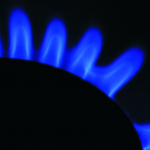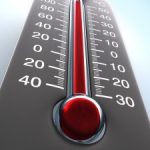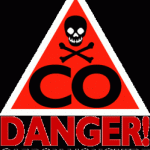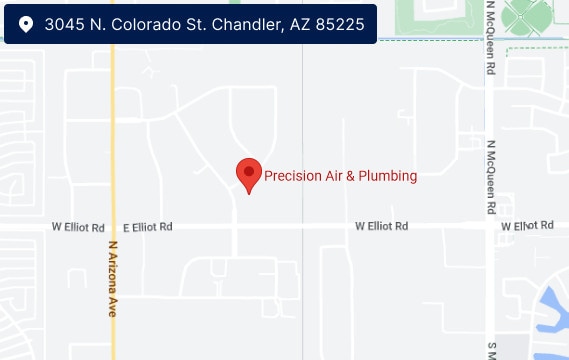How Does Insulation Work?
In the middle of the summer, you know you can’t live without your air conditioning, especially when the sun is beating down. An air conditioner alone isn’t enough to keep your home cool — you also need high quality insulation. For many people, this part of the equation is like a magic blanket — they don’t understand how it works, but they’re really glad it does.
How Heat Travels
Insulation’s function is no mystery to anyone — it’s just a way to slow natural heat transfer via conduction, convection and radiation. Even though it won’t make a difference in how your insulation works, understanding these basic concepts can unlock the secrets to keeping your home cool all summer:
Conduction. When one side of an object, such as a wall, is hotter than the other, heat can move through the material, causing the object to become more equally heated. Warm walls serve as an unwanted source of heat.
Convection. Heat moving through the air is known as convection. Poor weather stripping or missing caulk allow the hot air from outside to move indoors and mix with the cooler air. This mixing makes it harder for your air conditioner to keep your home cool, since it must constantly re-cool that warmer air.
Radiation. Unlike with conduction and convection, heat traveling via radiation doesn’t require objects or air masses of different temperatures for transportation — all it needs are electromagnetic waves, which can move through vacuums and solids alike. Generally, heat moving via radiation enters your home directly via the sun’s rays.
Understanding Insulation
All hot air will eventually move from warmer areas to cooler areas in an effort to achieve a type of equilibrium, but by improving your insulation, you can slow this process down tremendously. In a poorly insulated home, the various types of heat transfer can literally heat the indoor air faster than your air conditioner can cool it. This results in an endless cycle of cooling that will wear out your air conditioner fast while it struggles to provide even a minimal amount of cooling.
Sealing the air leaks in your home is an important part of keeping the cool air from heating up, but insulation is the biggest player on the scene. Insulation is rated based on its resistance to heat conduction, using a measurement called thermal resistance. Most people know this as the R-value, and it has one simple rule: the bigger, the better.
Batt and blow-in insulation rely on the relatively poor heat conductivity of air to help slow the creep of heat from the outdoors into your air conditioned living spaces. The tiny pockets of air that permeate properly installed insulation make it more difficult for heat to move across the material because the density of the insulation is greatly reduced. Less dense materials are harder to heat, since their particles are much further apart, so fluffy insulation is the key.
When Good Insulation Goes Bad
Sometimes a home that once had excellent insulation may start heating up too quickly, indicating that the insulation is in trouble. Ideally, you should check your insulation once a year, just to be sure everything’s working well, but when the temperature suddenly climbs, pop into the attic and crawlspace and look for insulation that is:
Missing. Animals and past home improvement projects are often the culprits with missing insulation. Obviously, any spot that’s missing its blanket can’t do as good of a job of preventing heat movement as the area around it, so go in and add some more!
Smashed. Like with missing insulation, smashed insulation is often caused by humans or creatures. Unfortunately, you can’t uncrush insulation, so you’ll have to replace it. Make sure to remove any soiled pieces, too, to prevent further attic problems.
Wet. Moisture changes the properties of insulation, increasing its conductivity and sometimes leading to crushing damage, depending on the source of the wetness. Check for leaky pipes if there are no signs of animal damage and make sure your vents are working right when you find wet insulation. If it’s only moisture from condensation, it will dry, but remove any insulation that has been crushed under the weight of roof and pipe leaks or pooling water.
Air conditioners that are struggling to keep your home cool or start blowing out warm air should be checked by a licensed technician like the ones at Precision Air and Plumbing. If your unit checks out, we’ll be happy to take a look at the insulation and even suggest ways to keep your home cooler. Give us a call today at 1-602-349-6922 to set up your HVAC appointment. We’re standing by 24 hours a day, seven days a week to serve you.










